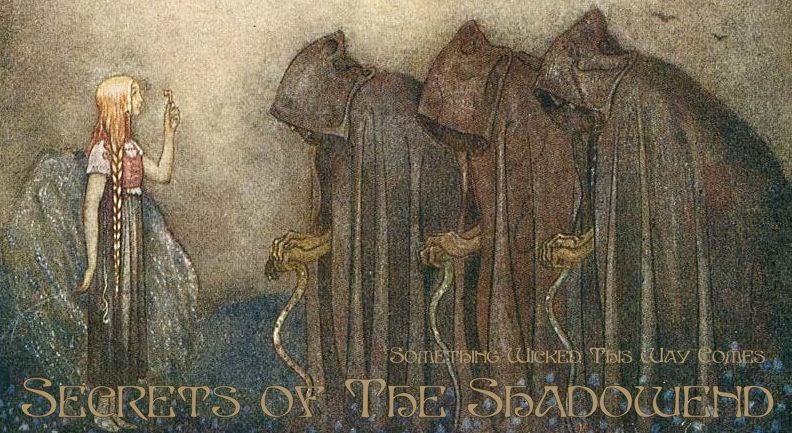Here's a slightly more exhaustive rundown of gnomes in my campaign. I feel this presentation is true to the spirit of gnomes as presented in most of D&D, but have their own identity separate from elves, dwarves, and halflings.
Gnomes live in the wild border lands, in hills and moors and woodlands. They are highly valued by adventurers and other who sojourn into the wild places, for a gnomish village is often the closest and safest refuge to a dungeon or ruin. In the summer months most gnomes live in small family steadings, or warrens, scattered throughout their domain, and in the winter they gather in large winterhalls dug below the roots of the deep forest. The winterhalls are where gnomes keep their records, libraries, and schools, and the most accomplished gnomish spellcasters remain in residence here throughout the year.
Gnomes are independent, preferring their own rulers to those of other races, and both adaptable and militant when necessary, able to field short-bow and hand-axe wielding guerrilla fighters as well as companies of crossbowmen and pikemen. Their proficiency in digging and tunneling allows them to quickly seed a battlefield with pits, spikes, ditches, and ramparts, as well as sap fortifications and enemy emplacements.
They are clever, careful, and cunning, fond of puzzles, riddles, and esoteric lore. They consider themselves guardians of knowledge the other races have forgotten, and are driven by a sometimes almost pathological need to "know more". In a well-balanced gnome (and most are) this drive manifests itself as a constant curiosity and inquiry into the world, and is lightened by a childlike sense of levity and joy. They do not hoard the knowledge, but simply seek experience for its own sake. Gnomes who become bards or minstrels do so to travel and interact with people, and satisfy their curiosity that way.
It is not difficult, however, for a gnome to become consumed by their thirst for knowledge. This doesn't usually manifest as cackling, handwringing evil so much as a cold amorality; nothing matters except their obsession. Some, like the spriggan or fhmor, manifest this through greed or hoarding; others with intricate deceptions and manipulations. The svartneblin are among these; their cities contain illusions so deep not even they know what is real, and interaction between individuals is so rare and so clouded they kidnap human children to serve them and supplement their numbers, returning and abandoning them to the upper world when they reach adulthood, prematurely wizened and bent, with senses honed by years in a glamoured underworld, and utterly overwhelmed in the sunlight.
Metagame notes:
- I haven't used halflings in my campaigns for years, finding them unheroic and frankly rather boring. I'm reconsidering that decision, but halflings would be rebranded as domovii and described as something like "humanity's familiars", a quasi-fey race that lives in symbosis with humans. In any case, I see the similarities between halflings and gnomes as pretty much height and nothing else.
- I find tinker gnomes grating. Really, really, grating.
- Kender are twits. Gnomes aren't twits. They are curious, even recklessly curious, but they're not fearless, they're not stupid, and they have a plan.
- Gnomes as fey is fine, and mine are mostly there, but it's not enough to just say that they are fey. What does that mean? How does "being fey" manifest?
- I find it both amusing and depressing that so many people accuse gnomes of being weak imitations of elves and dwarves, as if not being copied from Middle-Earth somehow makes them less original.





